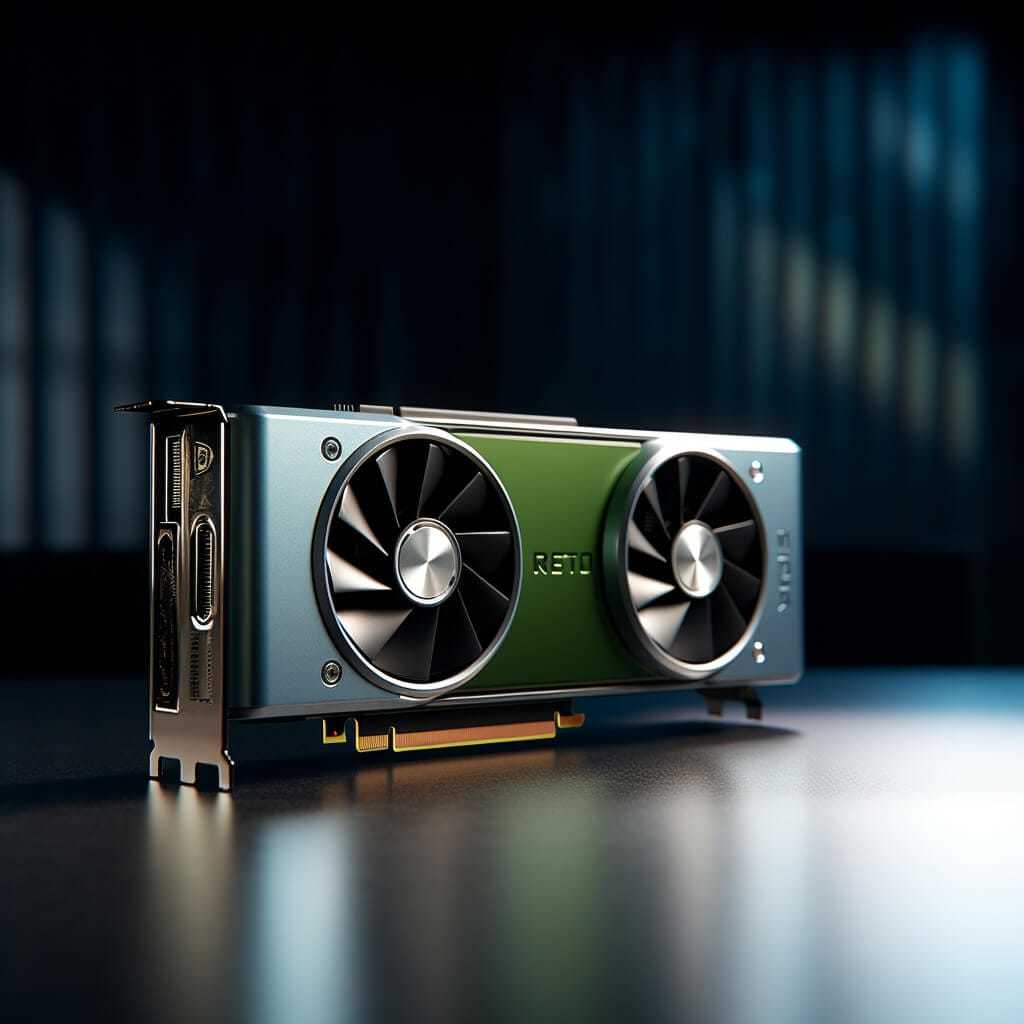Nvidia, the renowned graphics card manufacturer, is said to be in the process of developing a specialized version of its GeForce RTX 4090 graphics card, tentatively named the GeForce RTX 4090D. This move is a strategic response to the latest U.S. export regulations aimed at controlling hardware that may have applications in artificial intelligence (AI).
While details are scarce due to the nature of this leak, industry insiders speculate that the GeForce RTX 4090D could potentially outperform the GeForce RTX 4080 but fall short of the performance levels seen in the RTX 4090. The card is expected to employ the AD102-250 graphics processor, a variant of the AD102 series.
Compliance with U.S. export rules
One of the primary objectives of Nvidia’s GeForce RTX 4090D is to adhere to the stringent U.S. export rules governing hardware with AI potential. To achieve this compliance, Nvidia must reduce the FP8 and FP16 (floating-point) performance of the GeForce RTX 4090 by at least 10%, subsequently lowering its Total Platform Power (TPP) score from 5,286 to below 4,800 points. The challenge lies in achieving this reduction without compromising the card’s overall performance.
Configuration challenges
The configuration of the AD102-250 to meet these regulatory requirements presents several challenges. One approach Nvidia could take is to reduce the number of Streaming Multiprocessors (SMs), CUDA cores, and Tensor cores on the GeForce RTX 4090D. This reduction would not only enhance product yields but also lower production costs.
However, GPUs with fewer active units tend to exhibit better overclocking capabilities, potentially mitigating the loss in AI performance through overclocking. This poses a dilemma for Nvidia, as they must strike a balance between reducing CUDA cores and preventing potential overlap with factory-overclocked versions of the GeForce RTX 4080 Super and RTX 4080 Ti.
Speculation on performance and positioning
The precise specifications of the GeForce RTX 4090D remain a mystery, making it challenging to assess how it will stack up against potential competitors like the GeForce RTX 4080 Ti or RTX 4080 Super. Nevertheless, it is expected that the GeForce RTX 4090D will secure a higher position in GPU benchmarks due to its tailored configuration for AI compliance.
However, it is worth noting that the card’s specialized nature is likely to come with a premium price tag, surpassing that of a simple refresh of the GeForce RTX 4080.
Another aspect shrouded in uncertainty is the release date of the GeForce RTX 4090D. While earlier availability would be preferable, Nvidia must undertake rigorous testing to ensure compliance with U.S. export regulations. Consequently, the company is likely to launch the new graphics card well in advance of February 10, the date when Chinese New Year festivities traditionally lead to factory shutdowns.





